Featured Images
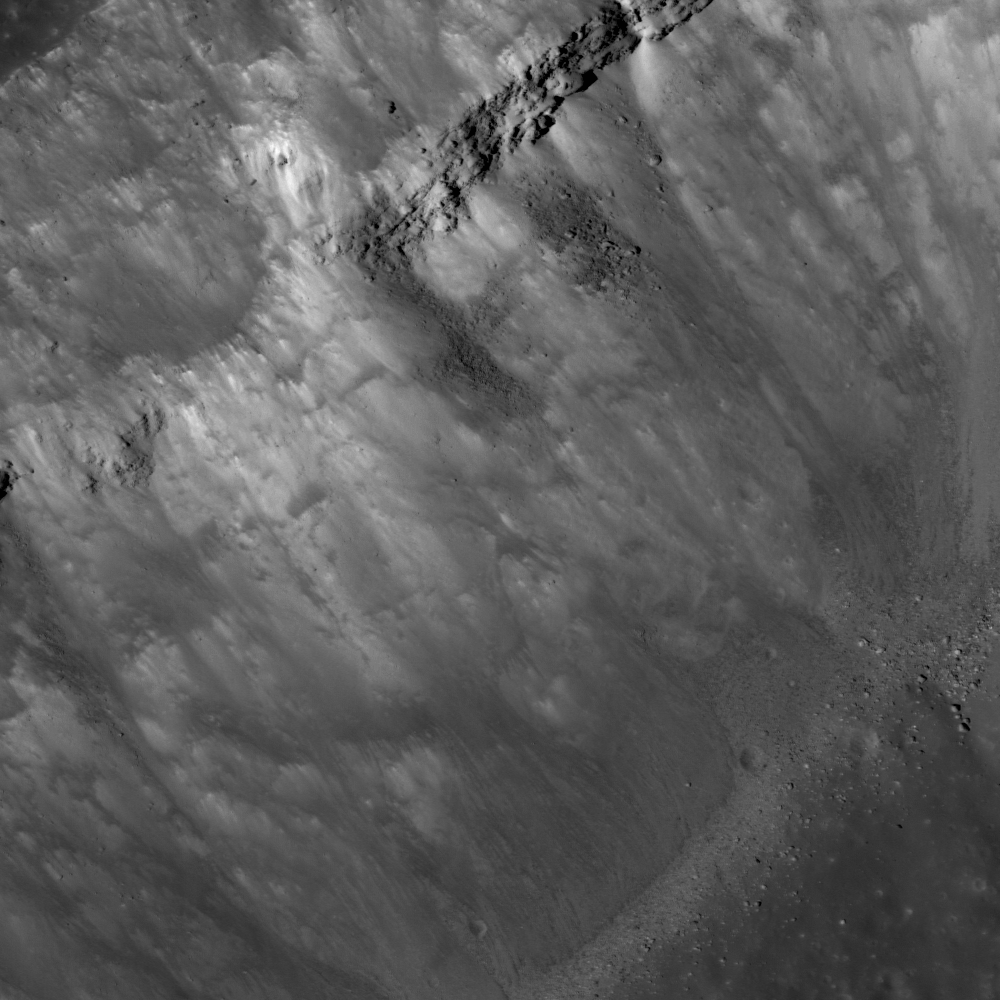
Kepler's Rim
Steep interior wall of Kepler crater, rim is to the upper left and the bottom of the crater is in the lower right. Note the exposed layering near the top, and the boulders collecting at the base of the crater wall. LROC NAC M107128381R,...
Published on 10 Nov 2010
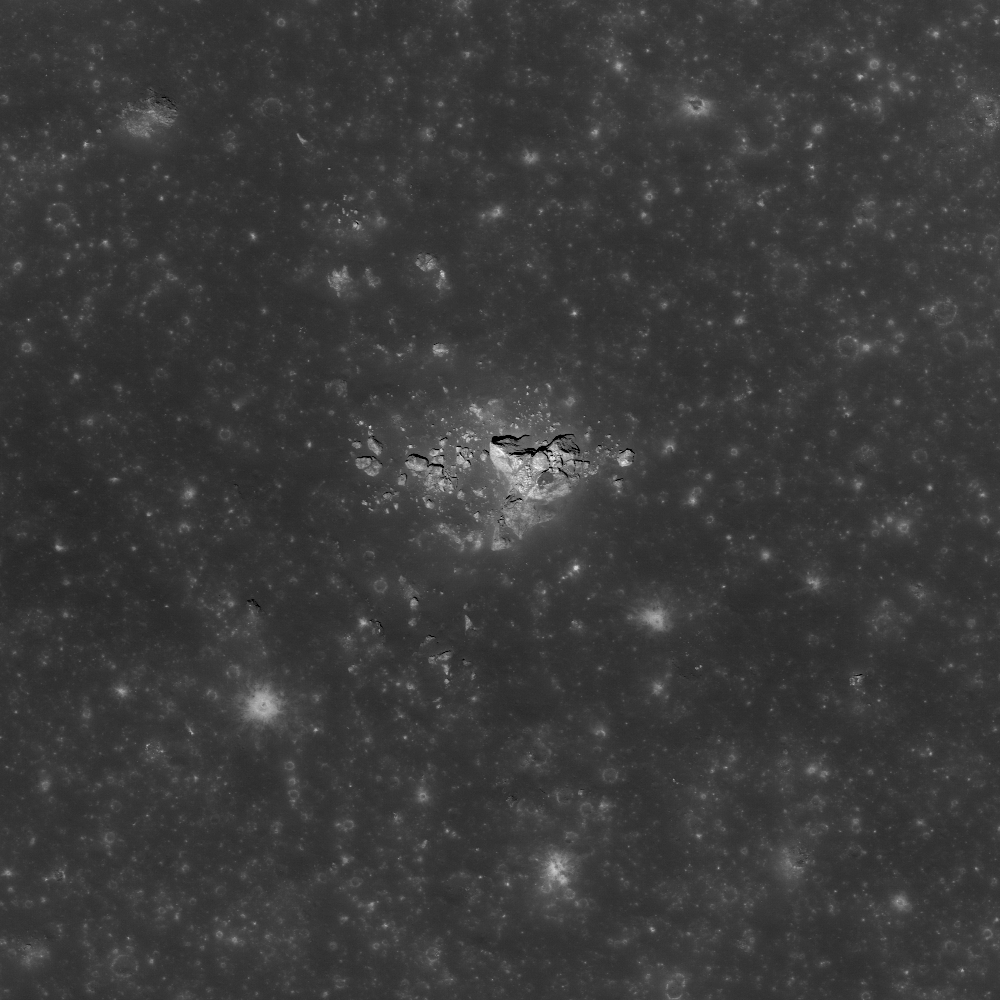
Kepler Crater Ejecta
Large boulder ejected from Kepler crater, a small depression from the boulder's impact is just visible. LROC NAC M140155410L, image width is 800 m [NASA/GFSC/Arizona State University].
Published on 09 Nov 2010
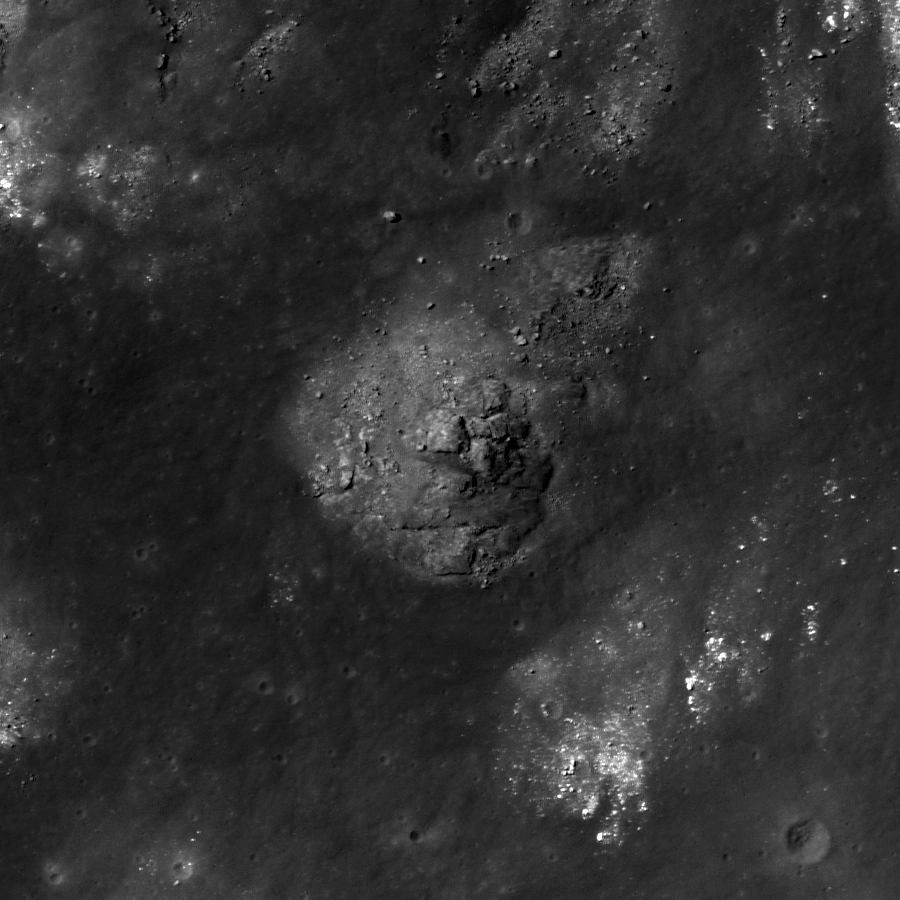
Gassendi A
Impact melt material inside of the crater Gassendi A, which intrudes into the northern rim of the larger crater Gassendi. LROC NAC image M107136013L, image width is 840 m [NASA/GSFC/Arizona State University].
Published on 05 Nov 2010
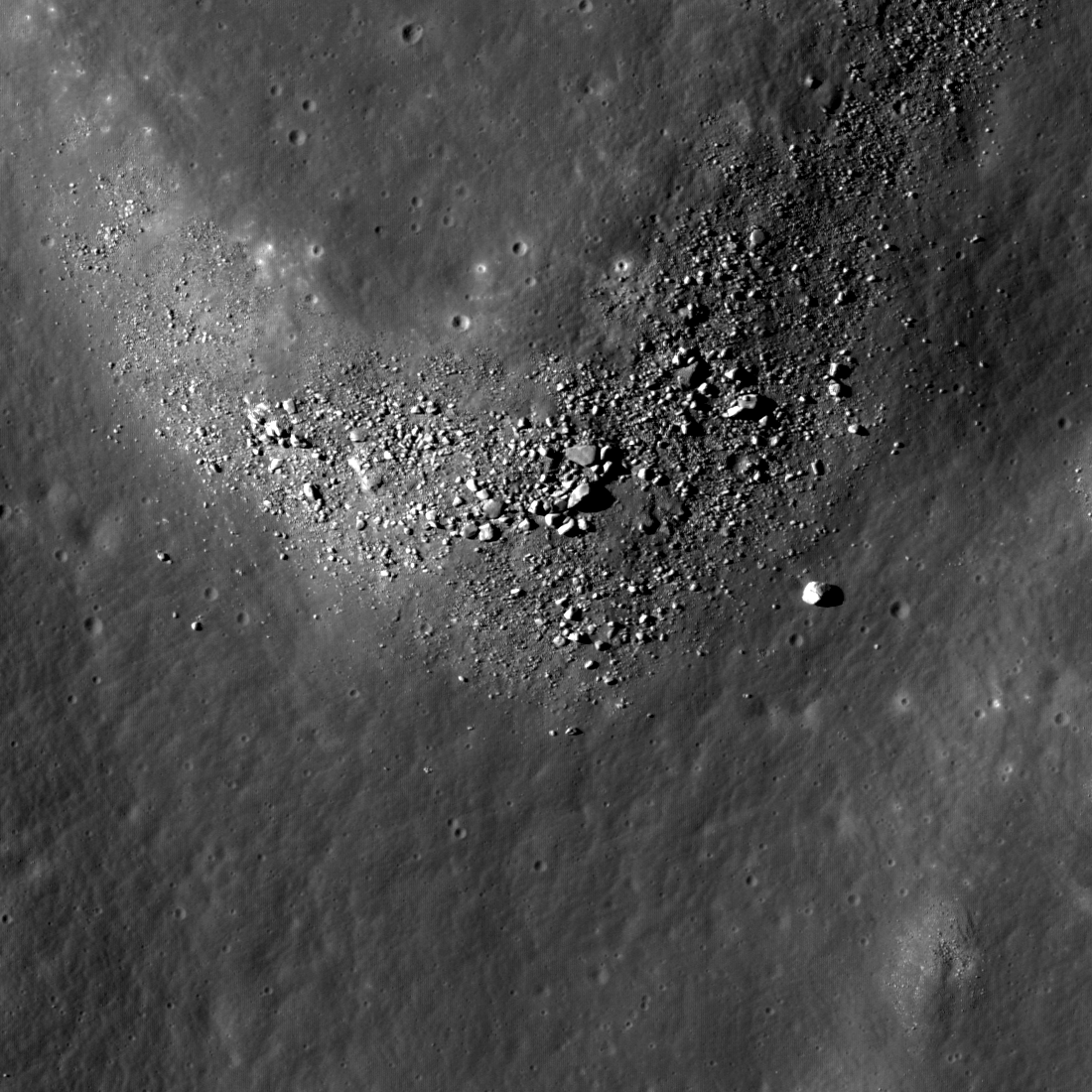
Gassendi's Fractures
This intersection of two fractures within the crater Gassendi forms a rough "Y," with boulders concentrated on the northern wall of the intersection. NAC frame M104770486L, image width is 946 m, incidence angle is 51 degrees...
Published on 04 Nov 2010
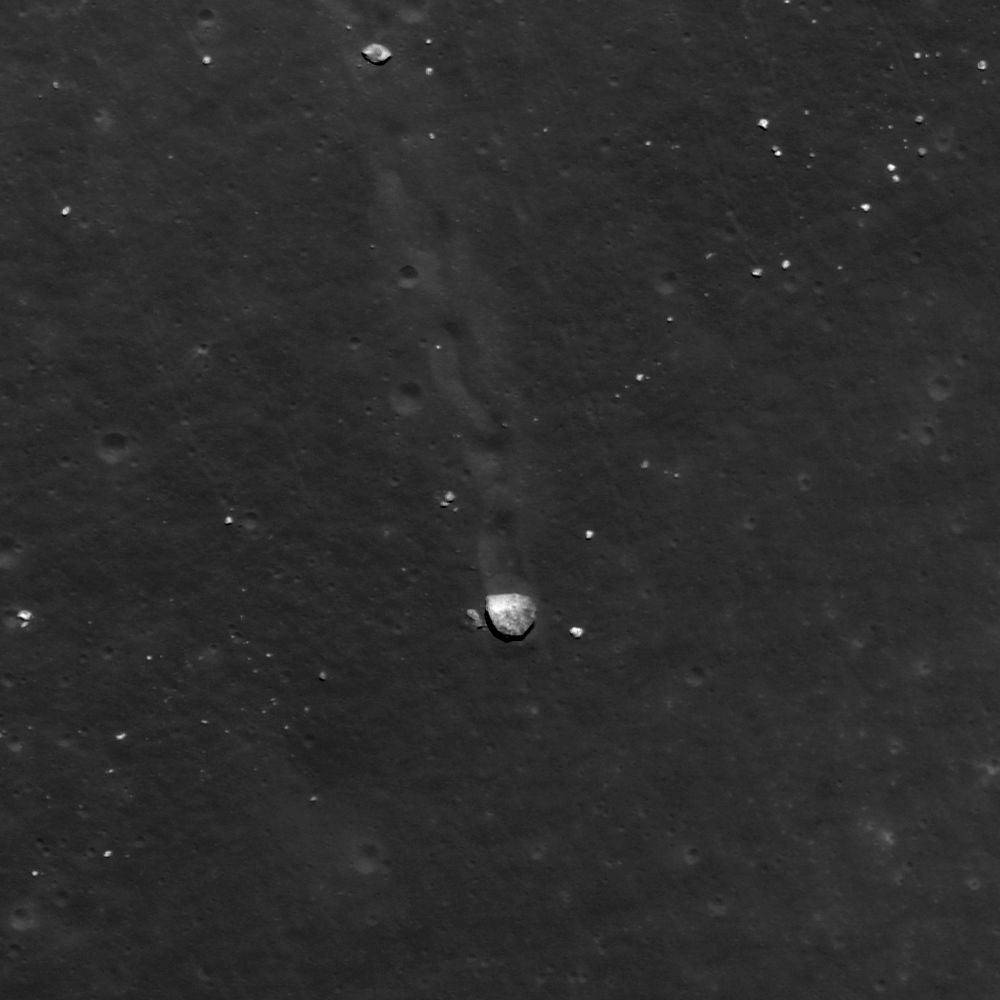
Gassendi's Central Peak
Close up of a boulder (25 meters or two school buses wide) on the central peak of crater Gassendi. LROC NAC frame M109495053R, image width is 450 m [NASA/GSFC/Arizona State University].
Published on 03 Nov 2010
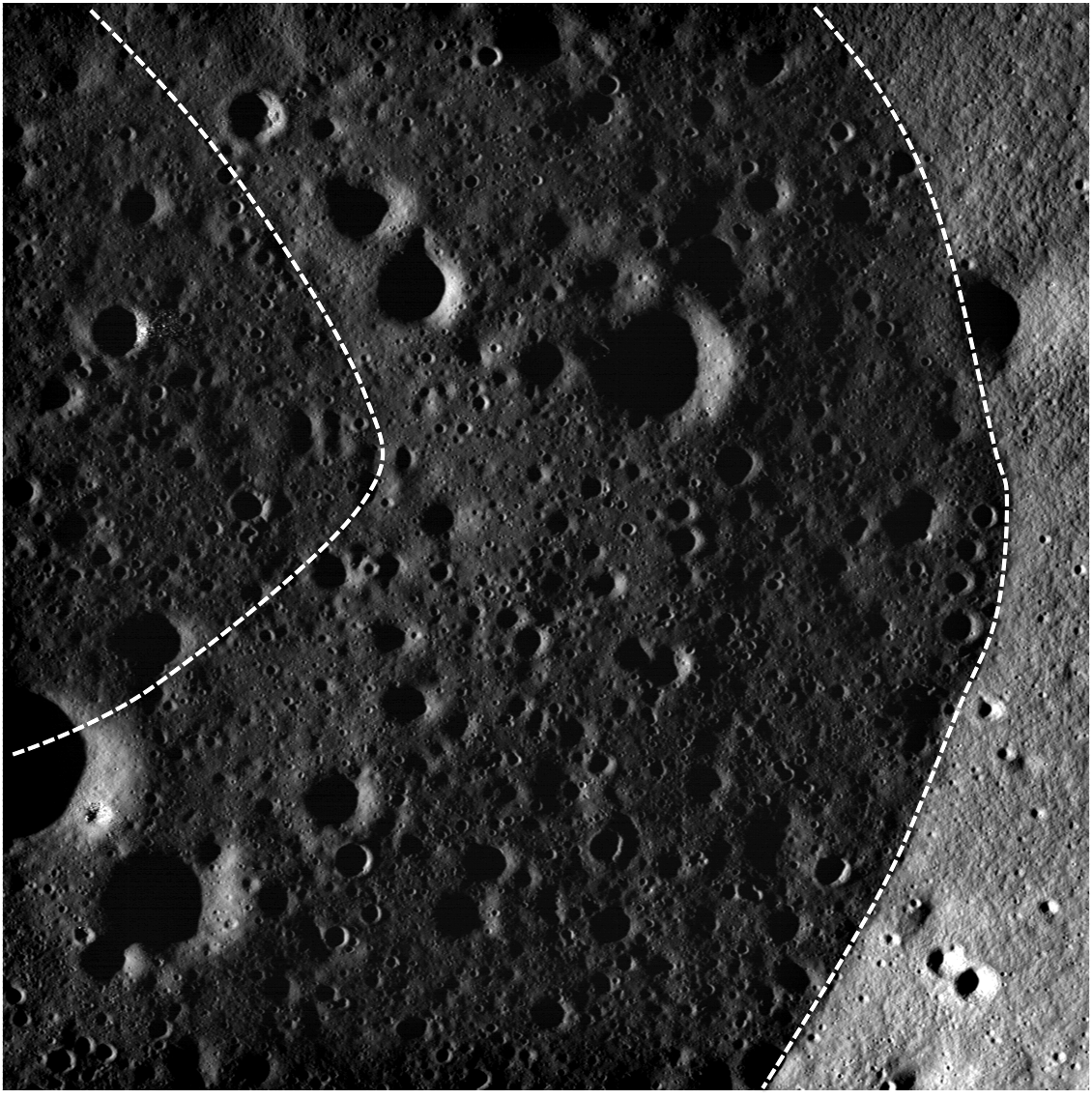
Bowditch Lava Terraces
NAC view of a part of the lava terrace within the Bowditch feature. The wall of Bowditch is on the right and the terrace is located between the two dashed white lines. LROC NAC image M101478053R, image width is 2400 m, incidence angle...
Published on 02 Nov 2010
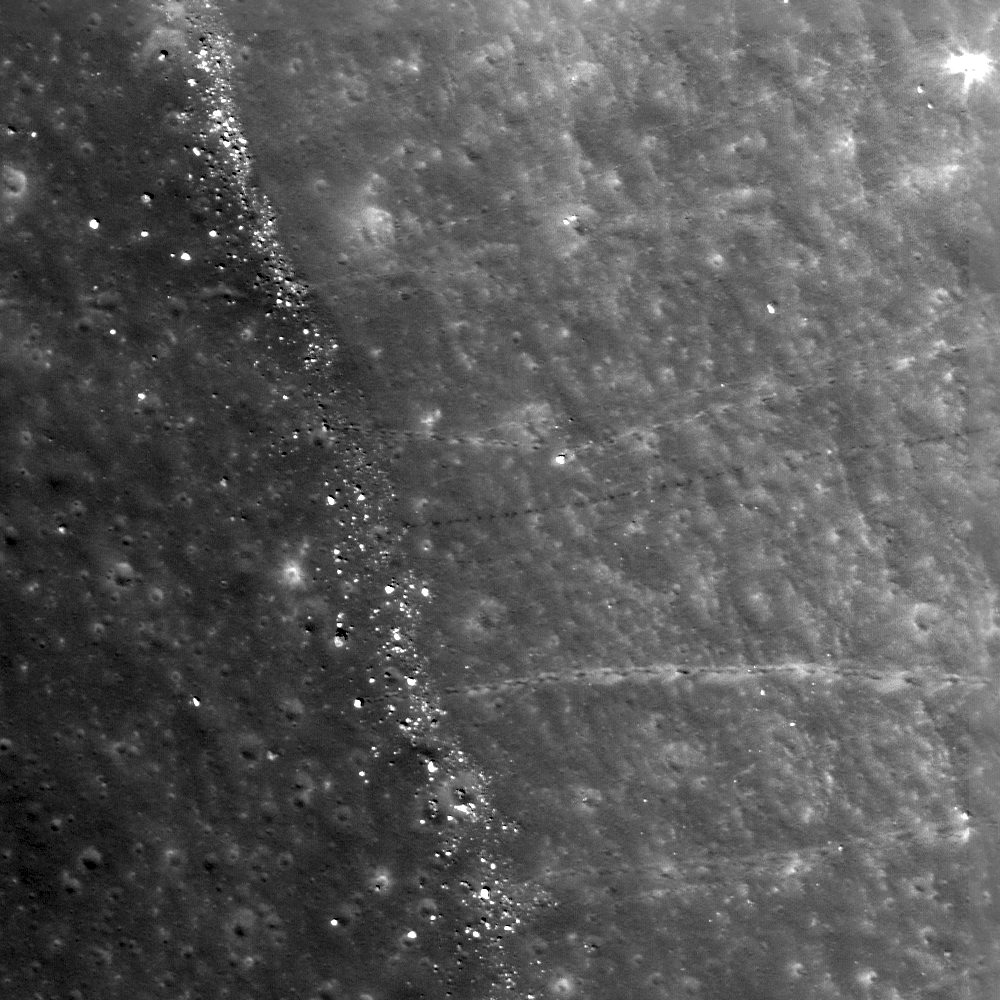
Boulder trails in Menelaus crater
Boulder trails are common to the interior of Menelaus crater as materials erode from higher topography and roll toward the crater floor. Downhill is to the left, image width is 500 m, LROC NAC M139802338L [NASA/GSFC/Arizona State...
Published on 29 Oct 2010
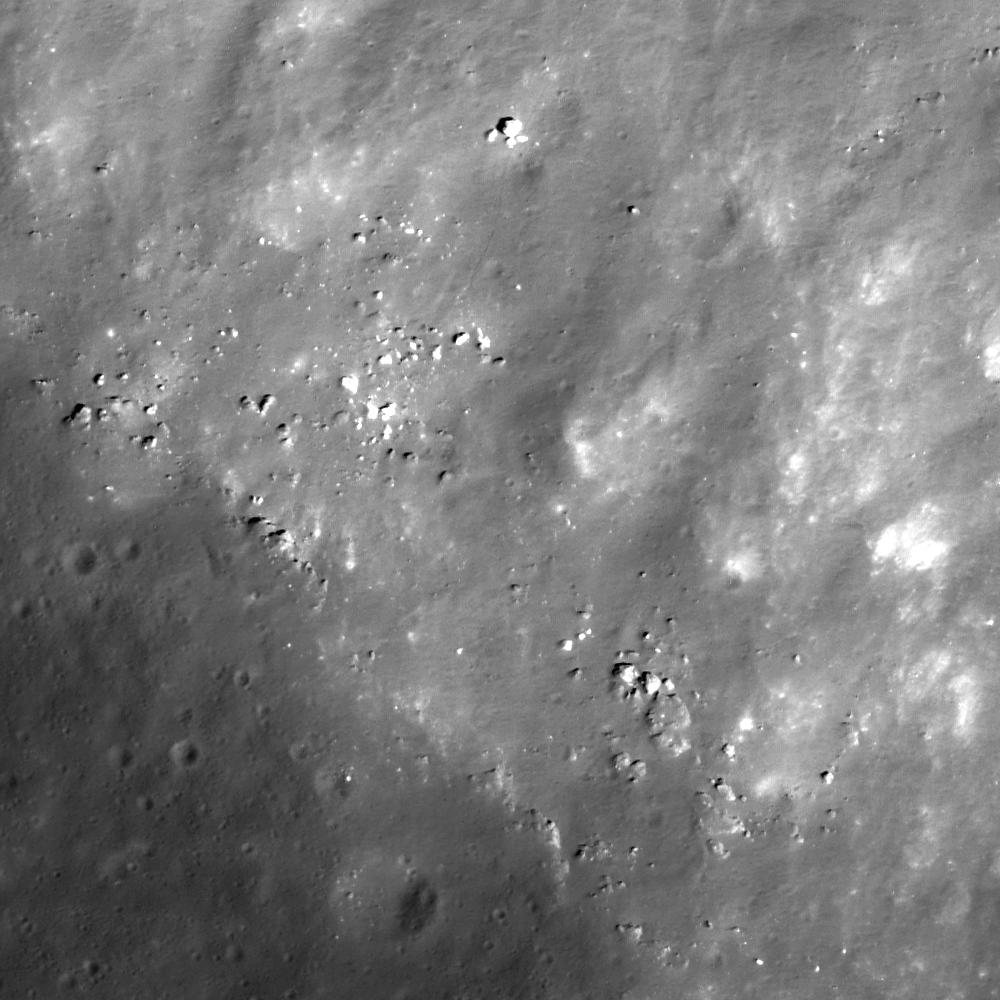
Southern rim of Menelaus crater
Rocks outcrop along the rim of Menelaus crater and roll downslope toward the crater floor as they erode out of the wall (to the upper right). The boulder in the top-middle is 8 m across, image width is 400 m, LROC NAC M126826332L...
Published on 28 Oct 2010
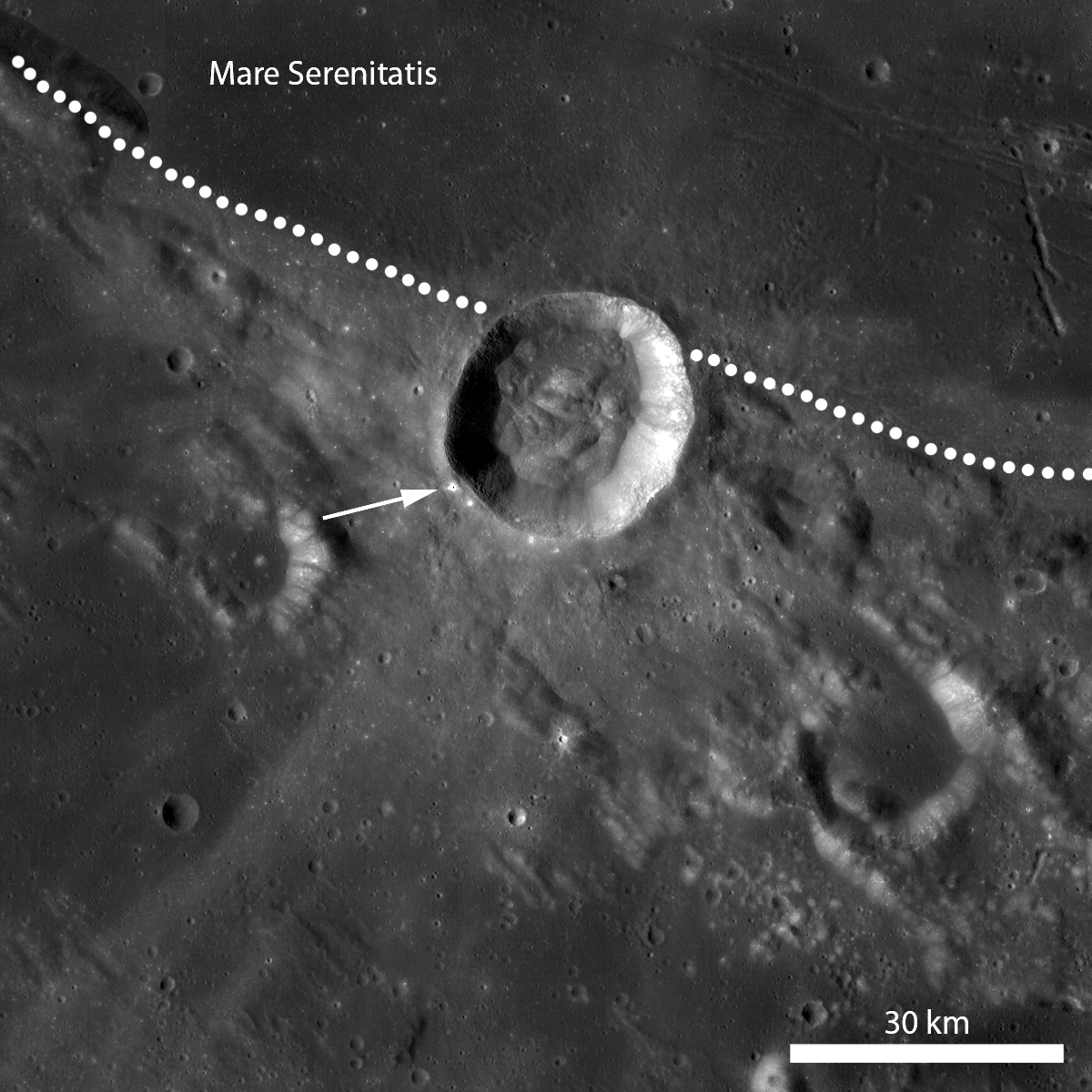
Small crater at the southern rim of Menelaus
LROC Wide Angle Camera mosaic of Menelaus crater at the boundary between Mare Serenitatis and the highlands (dotted line). Broad ejecta rays extend along the mare-highlands boundary and also in the NE-SW direction. In this image, the...
Published on 27 Oct 2010
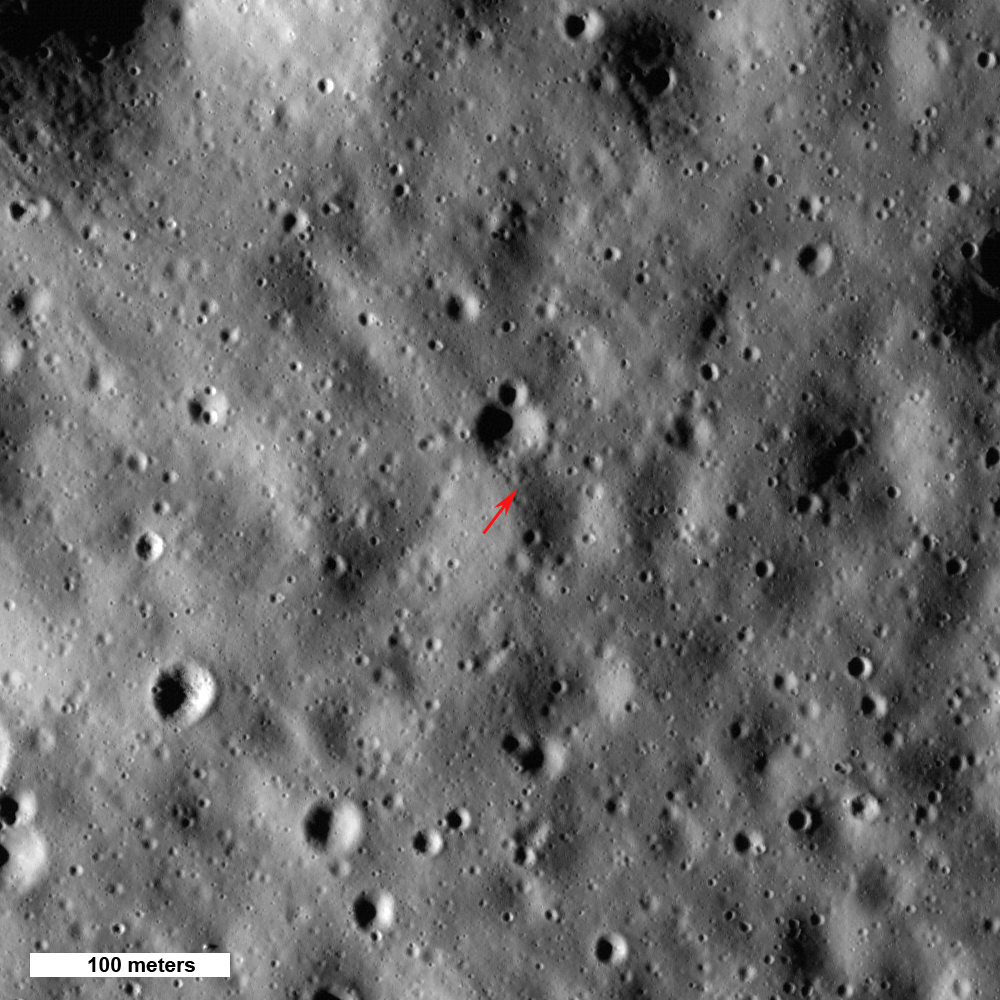
Highest Point on the Moon!
Arrow shows highest point on the Moon, 10,786 meters (35,387 feet) above the mean radius. North is up, Sun elevation is 16° from the horizon, image 500 meters wide, from M133865651L,R mosaic [NASA/GSFC/Arizona State University].
Published on 26 Oct 2010
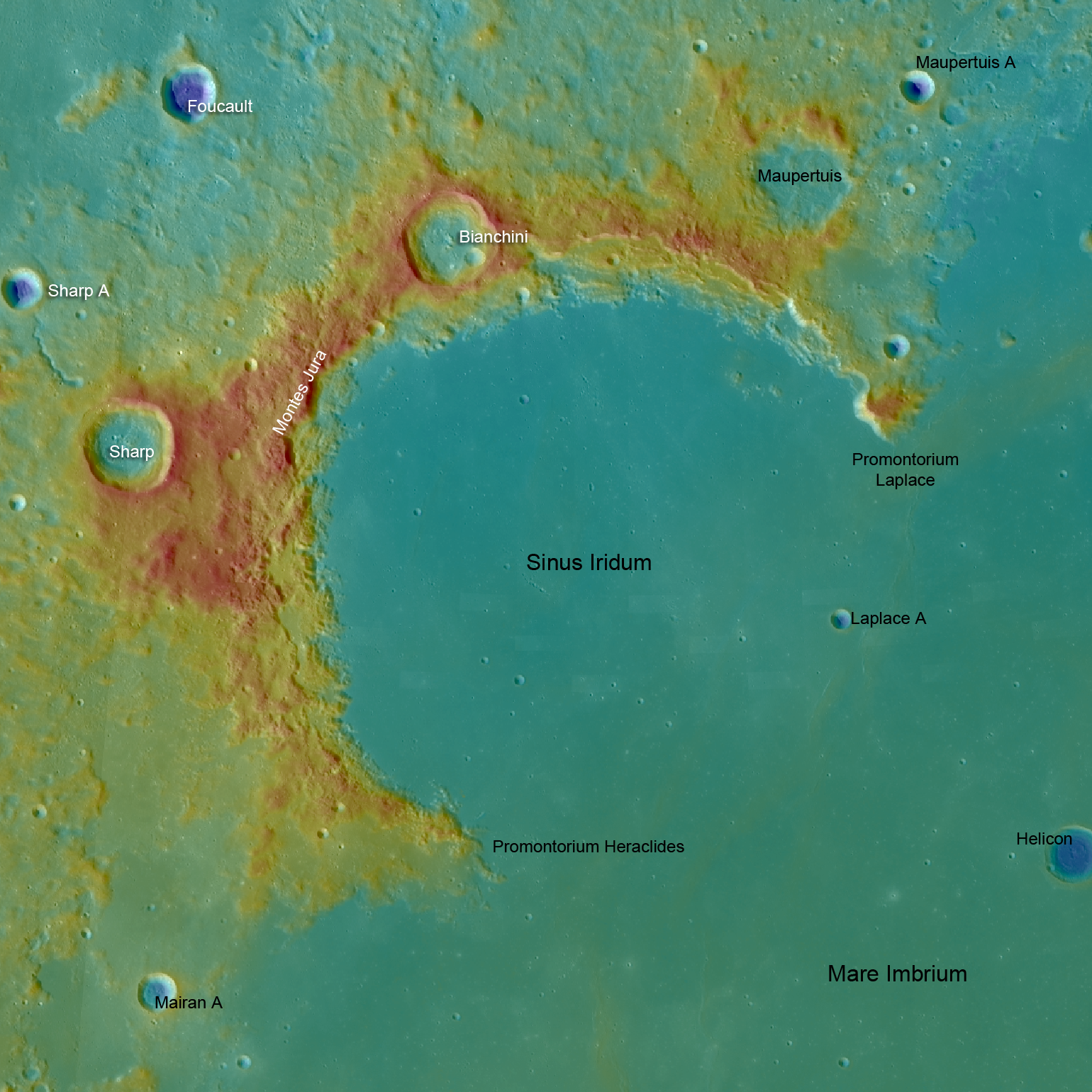
Sinus Iridum - Next Destination?
LROC WAC topography of Sinus Iridum, blue shows the lowest areas and red the highest. From promontory to promontory Sinus Iridum is 235 km across [NASA/GSFC/Arizona State University].
Published on 15 Oct 2010
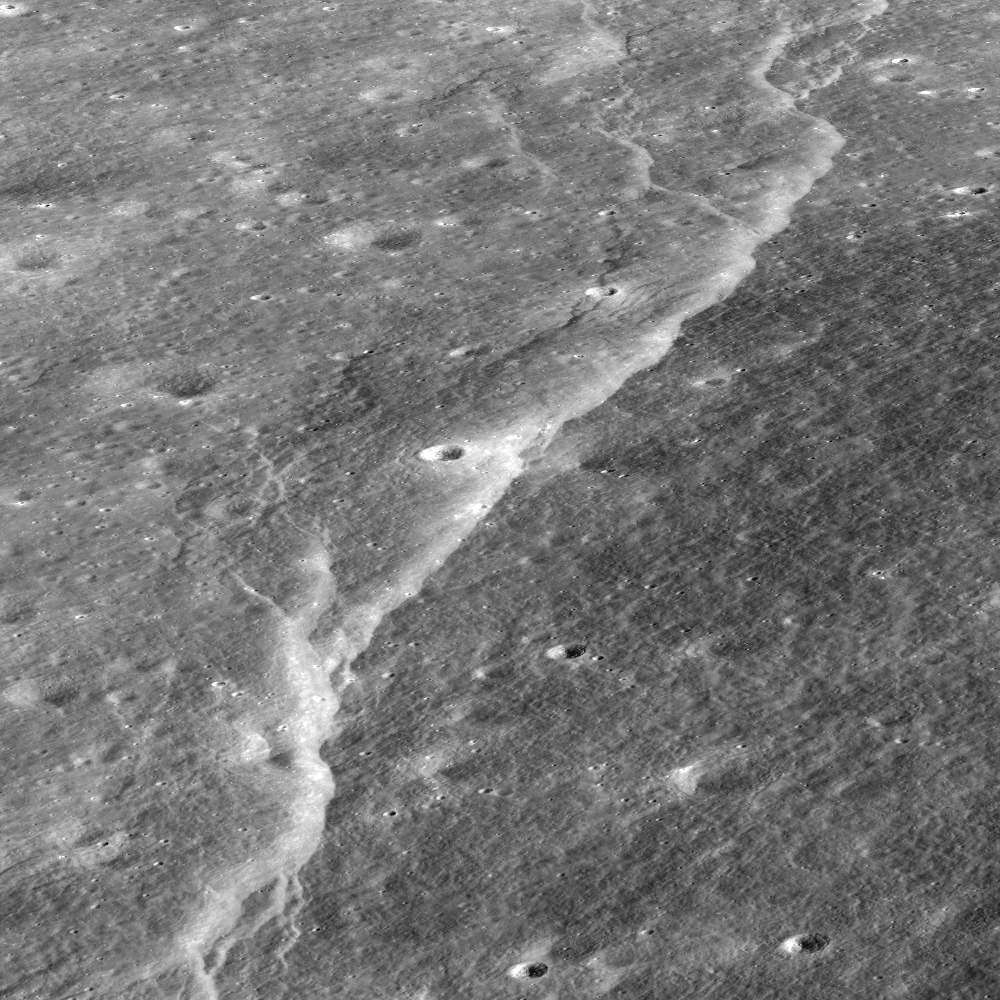
Slipher Crater: Fractured Moon in 3-D
Over time, the surface of the Moon fractures and buckles as it cools and shrinks, resulting in spectacular landforms. Stereo images provided by the LROC NAC allow a detailed look at these amazing features; view is to the east,...
Published on 12 Oct 2010
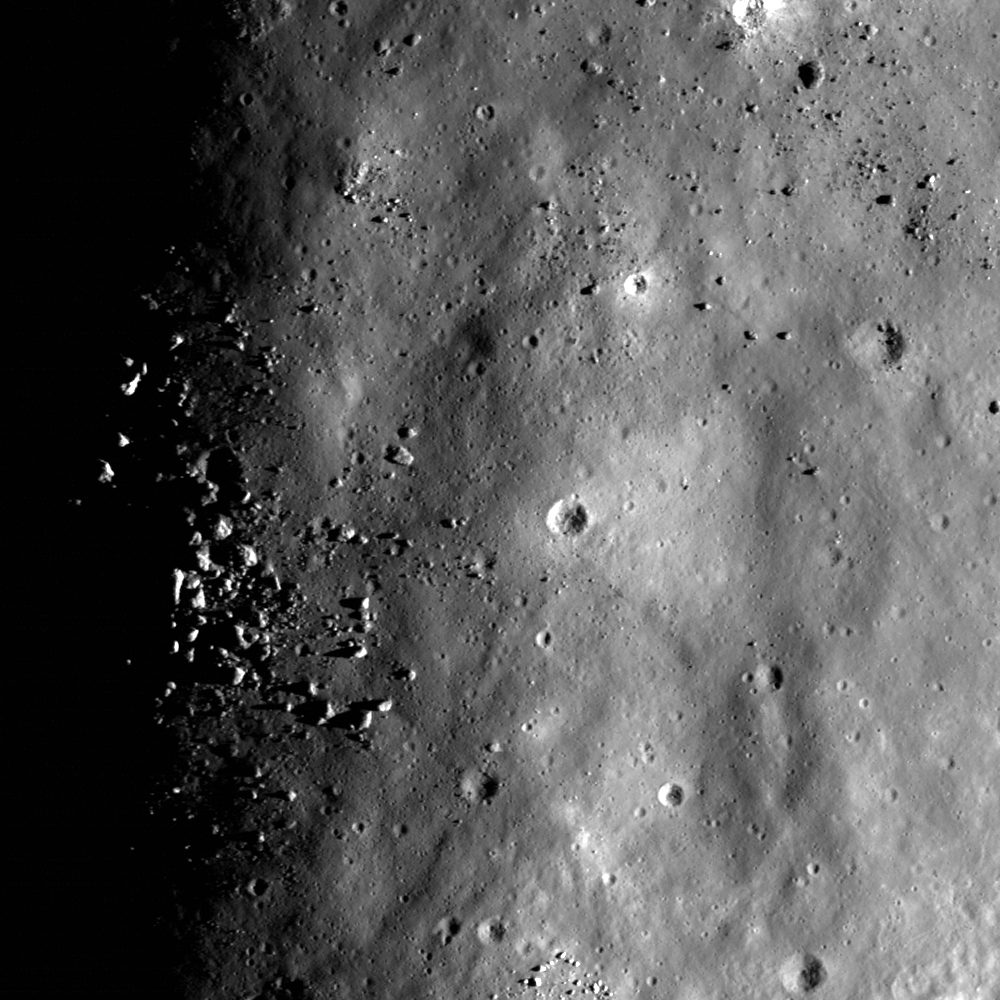
Eratosthenes Central Peak
Sunrise image of the Eratosthenes central peak summit. LROC NAC image M131725388L; width is 600 m [NASA/GFSC/Arizona State University].
Published on 08 Oct 2010
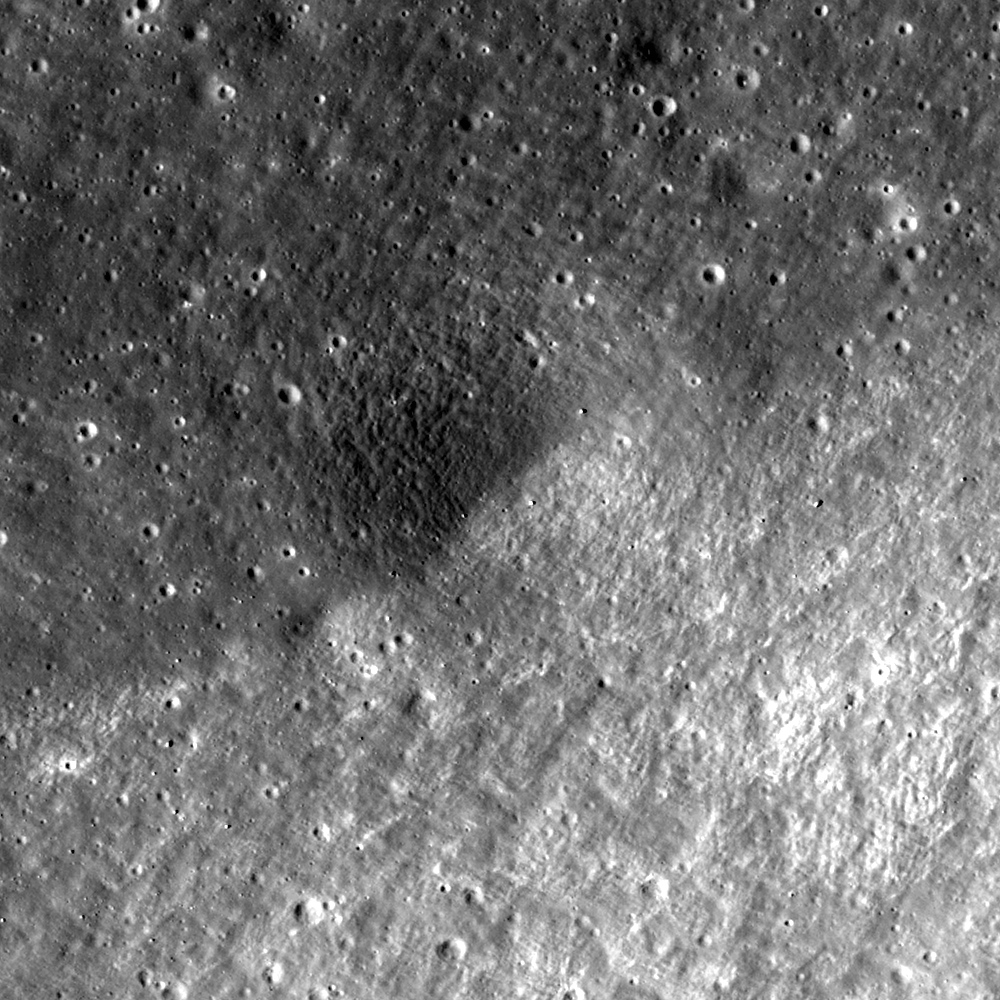
Terraces in Eratosthenes Crater
Like many complex craters on the Moon, Eratosthenes exhibits terraces (upper left) within its rim. Terraces form as the walls of the crater slump down, creating a landslide while leaving the upper portion of the wall intact. LROC NAC...
Published on 07 Oct 2010
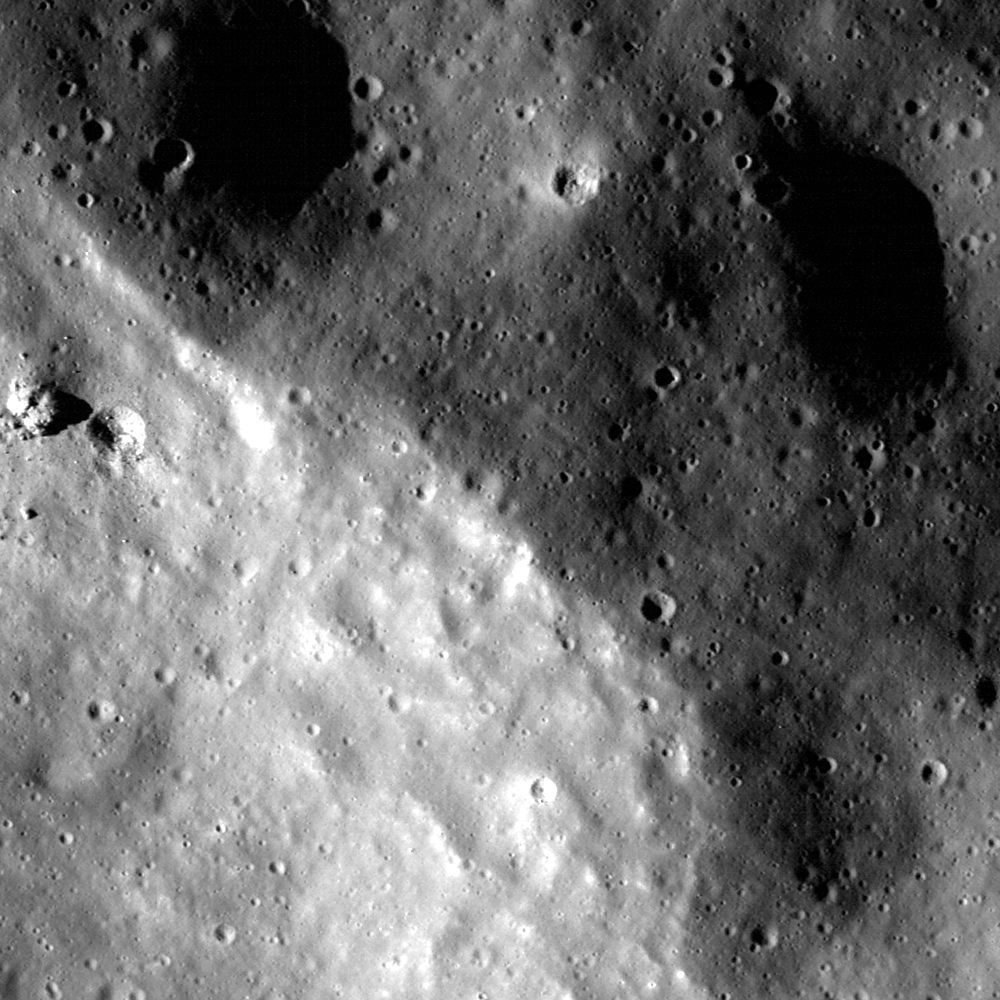
Eratosthenes Crater and the Lunar Timescale
The northeast rim of Eratosthenes crater is easily seen as the change in reflectance due to differing slopes - higher reflectance terrain in the lower left is the steeply sloping interior. LROC NAC image M117562615L, image width is 600...
Published on 06 Oct 2010
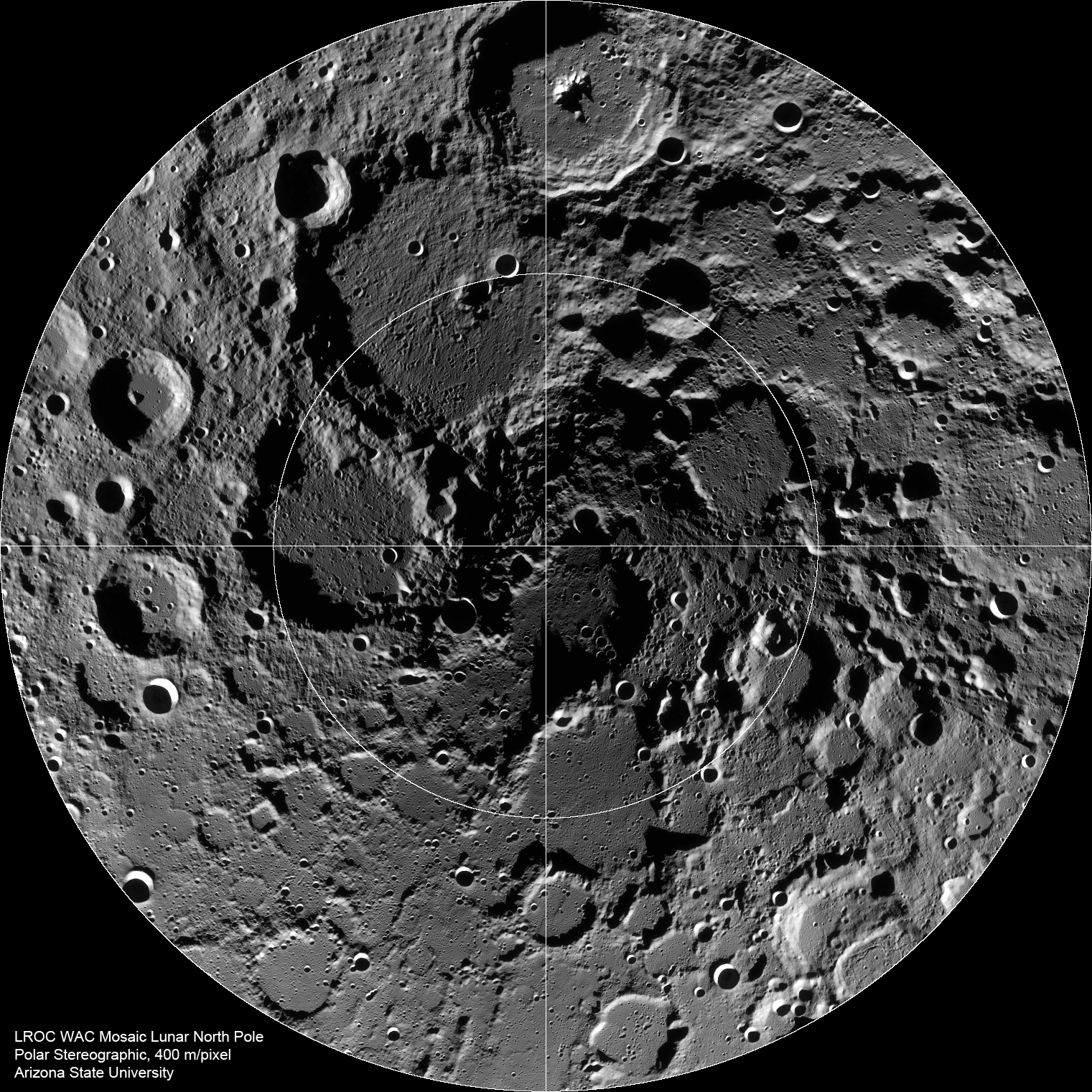
The Lunar North Pole
Summer-time at the lunar north pole captured by the LROC Wide Angle Camera (WAC), width ~600 km, latitude ranges from 80°N to 90°N [NASA/GSFC/Arizona State University].
Published on 05 Oct 2010
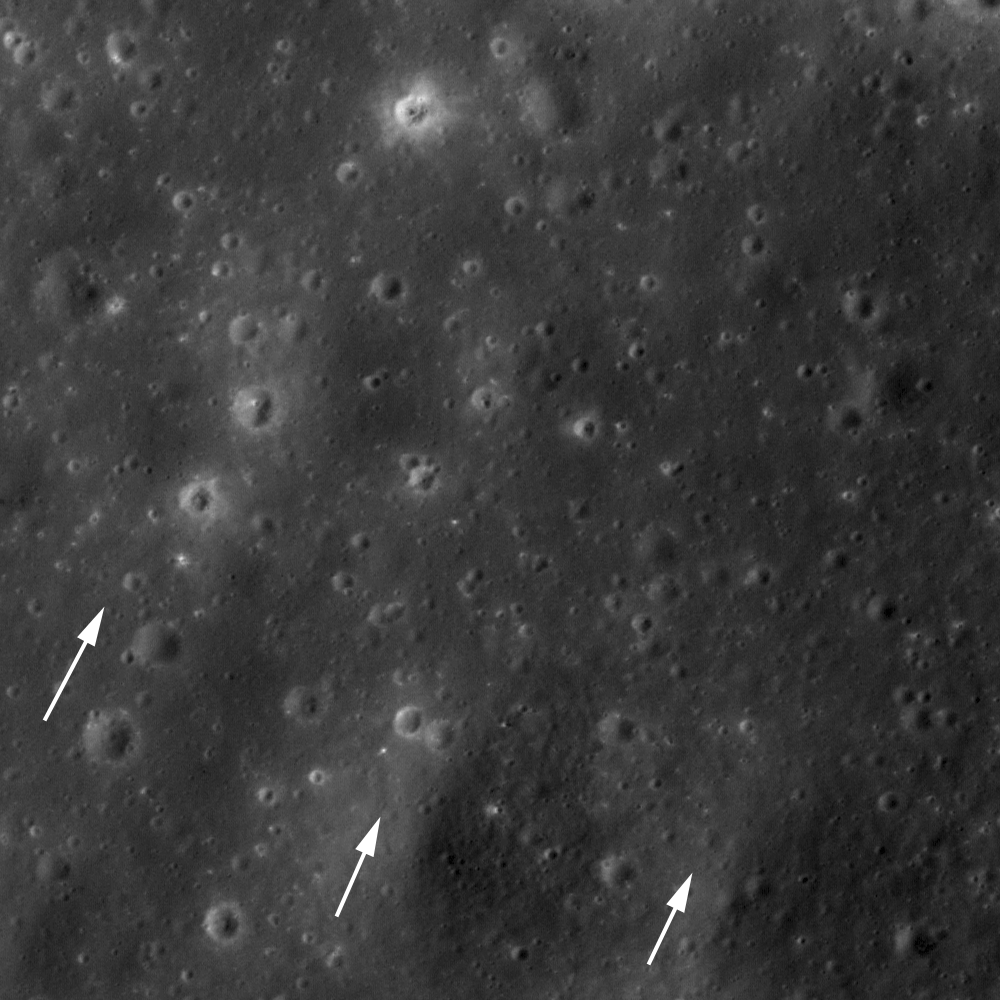
Ejecta from Copernicus
One of the geologic features that makes Copernicus crater special is its extensive, high-reflectance ejecta rays that extend across nearby mare and superpose (overlap) ejecta from other craters - Copernican ejecta extends more than 500...
Published on 30 Sep 2010
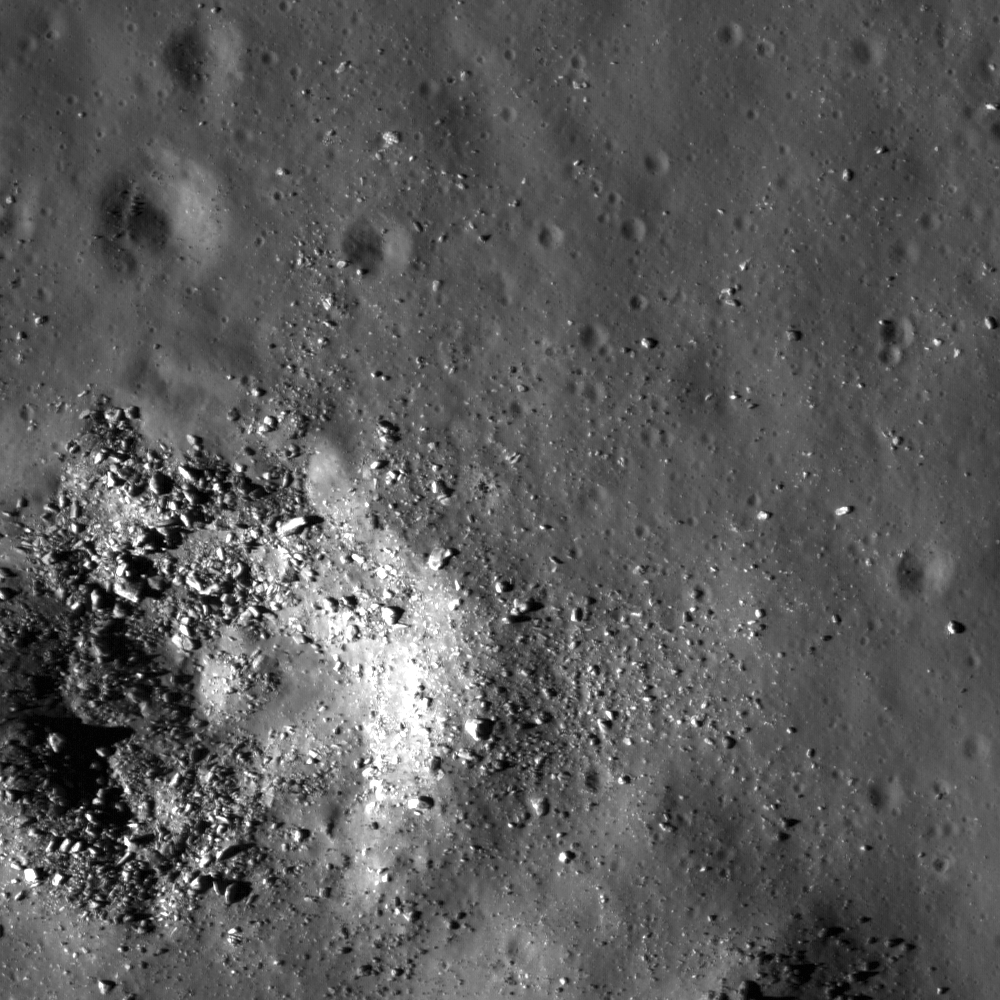
Smooth floor in Copernicus crater
With the exception of recent impacts (such as this one) into the floor material of Copernicus, much of the northwestern floor of Copernicus appears smooth and relatively featureless (upper right corner). This region on the crater floor...
Published on 29 Sep 2010
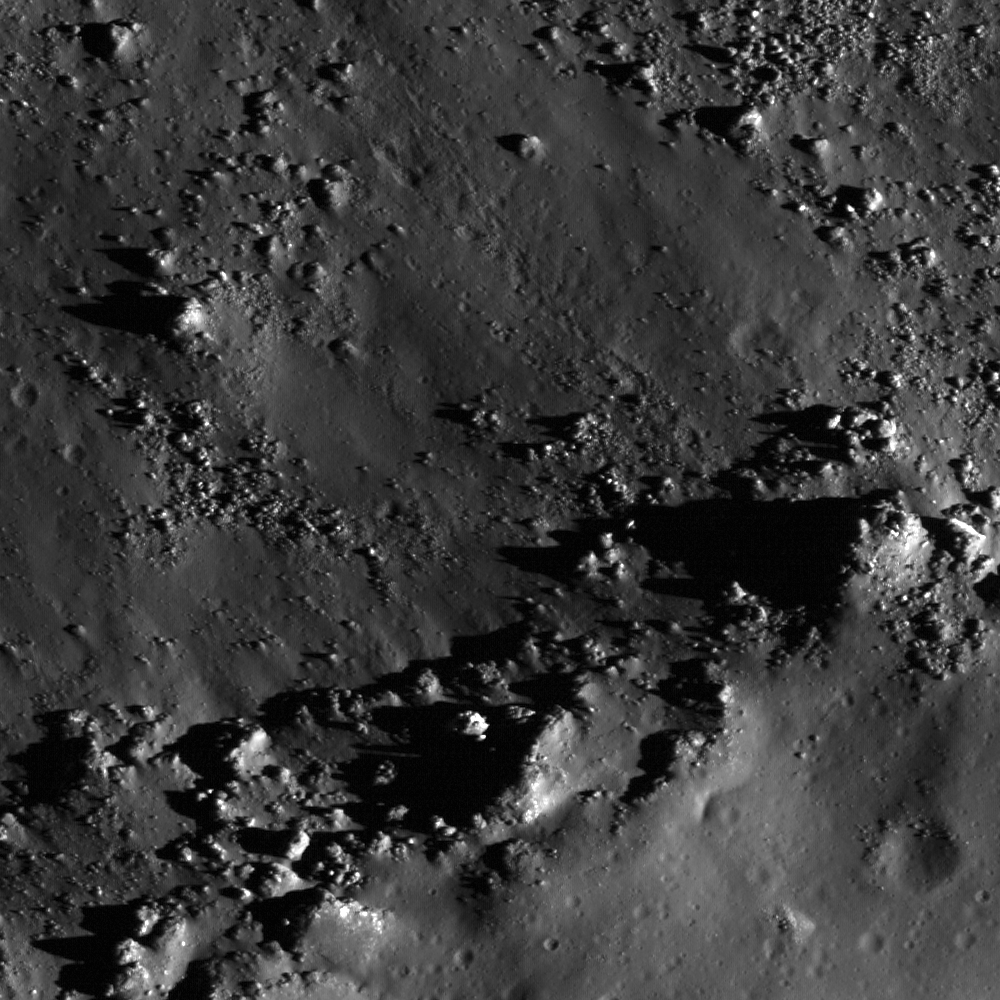
Copernicus Crater and The Lunar Timescale
LROC NAC view of the southern rim of Copernicus crater. Downslope direction is to the upper left and the fragmented material demarcates the rough edge of the crater rim. The surface texture is still sharp and crisp indicating a...
Published on 28 Sep 2010
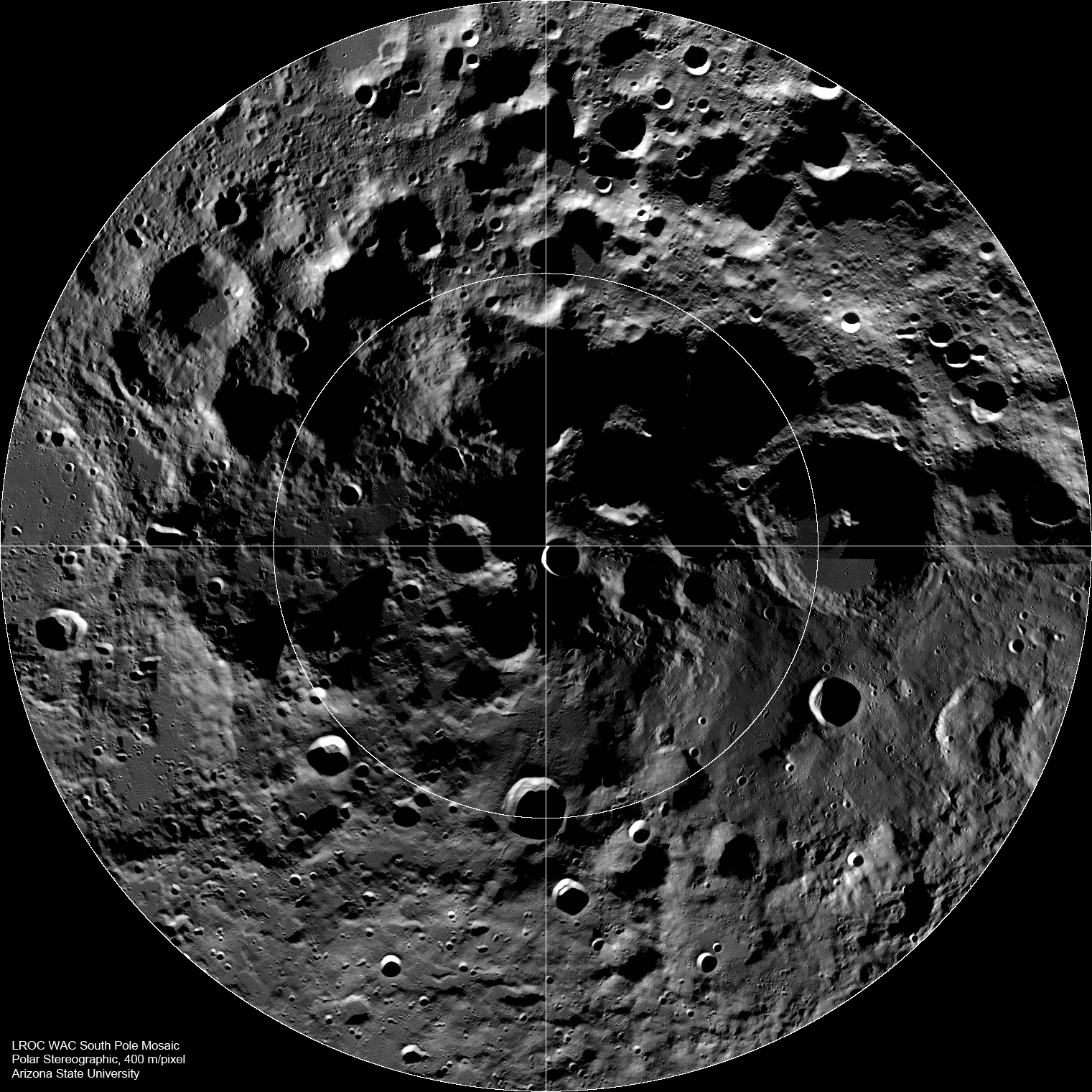
The Lunar South Pole
LROC Wide Angle Camera (WAC) mosaic of the south polar region, width ~600 km [NASA/GSFC/Arizona State University].
Published on 27 Sep 2010